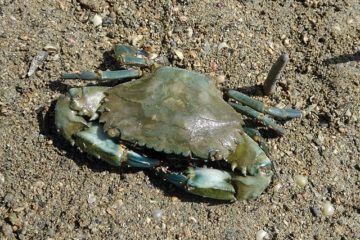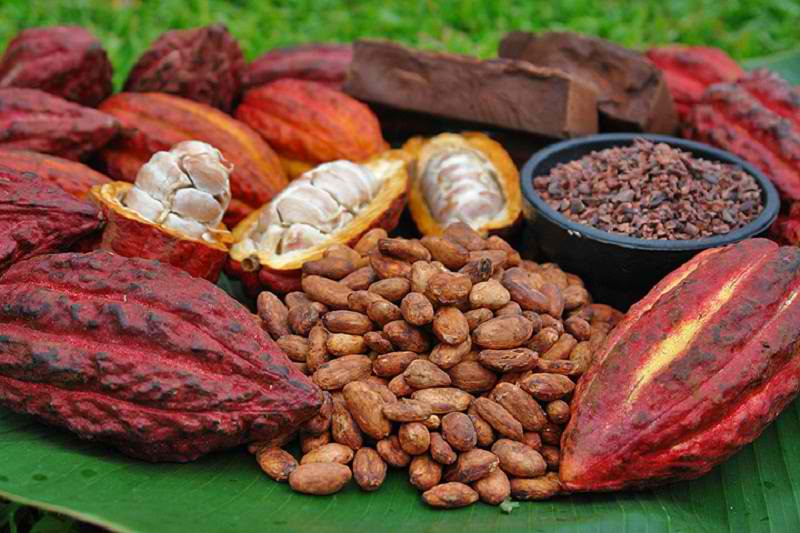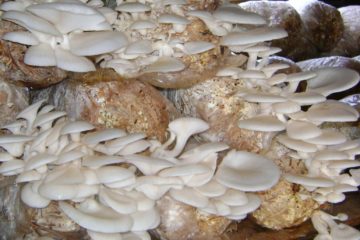MULTI-LOCATION ADAPTATION TRIAL (MAT)
J.C. Mananguit and A.P. Ulac
Abstract
Providing more accurate estimates of grain yield potential and documenting adaptation patterns by covering multiple environments, wide scale performance of tests of hybrid rice is vital towards proper technology positioning and adoption. This adaptability study in 2015 and 2016 which is tested 18 lines/hybrid varieties from PhilRice and one from the farmer was established in two set-ups; direct seeded and transplanted during dry season (DS) and wet season (WS) at BASC experimental area for dry season and at BSWM on the wet season was conducted to evaluate the performance of new breeds under Bulacan conditions and identify best adapted variety per province. Grain yield data under Bulacan conditions and identify best adapted variety per province. Grain yield data were recorded from 5 square meter crop cuts. The following results were observed.
Based on the conducted experiments in DS transplanted Index 1 obtained the highest yield of 5.58 tons per hectare basis followed by Index 7 and 6 with 4.92 and 4.83 tons, respectively and has a yield advantage over the three check varieties. In Direct Seeded, date revealed that the highest yield was obtained in index 7 with 6.72 tons followed by index 1 and 8 with 6.68 and 6.4 respectively.
In WS Transplanted, data revealed that the highest weight per hectare basis was observed in index 10 with 4.97 tons followed by index 14 and 9 with 4.83 and 4.33 respectively. While in DS, gathered date revealed that index 1 obtained the highest yield with 4.20 tons followed by index 7 and 15 with 4.07 and 3.87 respectively.
So seasonal differences should also be taken into account when evaluating crop performance across environments.
Keywords: Multi-location, adaptation, environment


